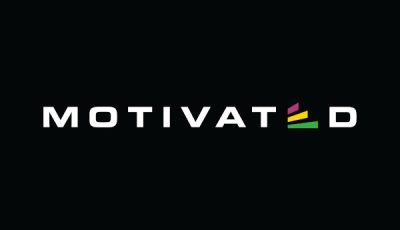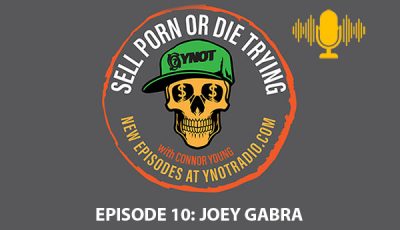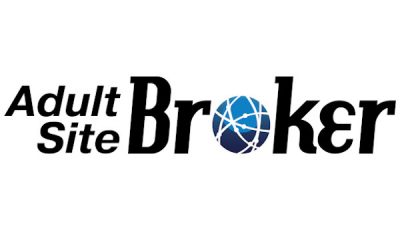Joey Gabra: How Much Do You Make a Minute?
 Time is money. For businesses, money is relative to time, meaning the correlation of money earned/spent is dependent on how each minute is maximized to achieve an end result. Maximized time leads to less money spent and more profits earned.
Time is money. For businesses, money is relative to time, meaning the correlation of money earned/spent is dependent on how each minute is maximized to achieve an end result. Maximized time leads to less money spent and more profits earned.
Having each minute of a work day dedicated to actual work, either by quality or by quantity of output, affects the overall man-hours and manpower required. So maximized time leads to less expenses and bigger profit.
Outsourcing for Growth
Business Process Outsourcing has turned a lot of companies, products and services into easy-to-manage and cost-effective ventures. This in turn has contributed to the sustainability of outsourcing as a viable business option that takes advantage of talents, skills and abundance of workforce sourced from almost every corner of the world.
These arrangements can result into long-term partnerships that preserve and, often, further develop the goals and targets of both the supplier and the client. This is what turned call centers into contact centers, third-party operations centers into offshore business partners and non-core business management into dedicated overseas manufacturing facilities.
Getting Hours of Work Done Per Minute
Outsourcing, due to its wide reach and virtually unlimited pool of available manpower, can contribute to the shared goal of higher profits in less time. Though this is an anemic generalization of a more complex point, the basic idea is: more staff, more work output, more earnings.
For businesses that don’t actually require output (like calls, messages, sales, products, etc.), outsourcing is still a cost-effective option. More often than not, expenses are much lower because outsourcing companies usually operate in cities/countries where labor and costs of living are much lower, giving you the capacity to scale down or scale up depending on the workload needed for the shorter time frame required.
Even for businesses that are not time-critical — let’s say a business that pays per task or pays based on handled volumes spread-out throughout the day with literally no queues — outsourcing still provides the best option by having staff available on demand and working as needed, paid at a lower cost based on collated output.
In the end, you still get hours of work done for the cost of a single minute.
Eggs in a Basket
Finding the best partner is a long process. An initial online search yields a veritable buffet of potential partners, which you can trim down by narrowing the criteria based on your business needs. Almost all these companies will be quite accommodating. Still, finding the right outsource-partner is not going to be easy.
The main guide would be your current business needs and future targets as compared to the outsourcing company’s coverage and capacity for handling growth. Just make sure that you do not put all your eggs in one basket – at least not at once.
It’s always great to exercise a little prudence and a lot of caution. Having contingencies is always a good business practice. In the same way that a lot of BPOs have multiple operations centers and data providers to ensure steady operations, many companies also contract multiple outsource-providers to do work to ensure any problems will not result in a full halt of processes or operations.
In worse-case scenarios resulting from outsource partner failure, having these extra partners can still protect your precious minute of profit from become zero.












